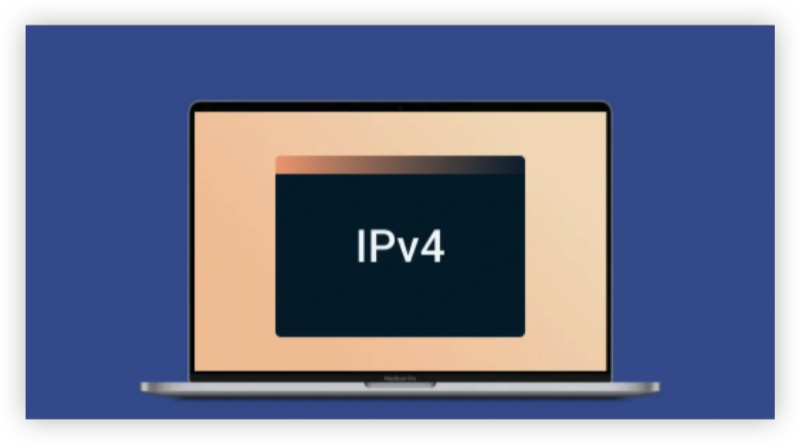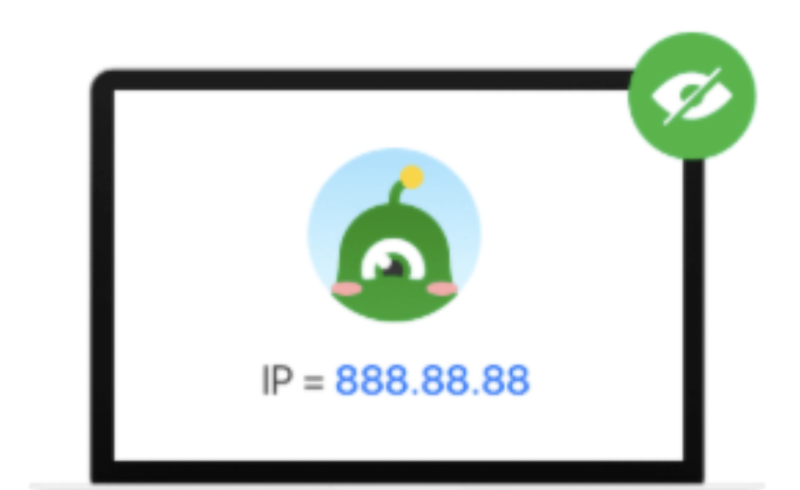Understanding IP Address Exhaustion

What Is IP Address Exhaustion?
IP address exhaustion refers to the depletion of available IPv4 addresses. IPv4, which has been the backbone of the internet since the 1980s, uses a 32-bit address scheme, allowing for approximately 4.3 billion unique addresses. While this number once seemed more than sufficient, the rapid expansion of the internet and the advent of mobile and IoT devices have pushed these numbers to the brink.
Why Are We Running Out of IPv4 Addresses?
-
Exponential Growth of Devices:
The number of devices connecting to the internet has exploded in recent years. Smartphones, tablets, smart TVs, IoT gadgets, and countless other devices all require unique IP addresses. -
Inefficient Allocation Practices:
Early in the internet’s history, IP addresses were allocated in large blocks, often leading to underutilization. This legacy allocation method has contributed significantly to the current shortage. -
Global Internet Adoption:
As more regions around the world gain internet access, the demand for varified IP addresses continues to soar.
How Many IPv4 Addresses Are Left?
While exact numbers can vary, the general consensus is that the remaining pool of unallocated IPv4 addresses is extremely limited. In many regions, particularly in North America and parts of Europe, the available addresses have already been exhausted, forcing ISPs and organizations to adopt workarounds like Network Address Translation (NAT) to share a single IP among multiple users.
If you encounter IPv4 connection issues, try clearing your cache or turning to a new IP address with a reliable VPN proxy.
IP Address Allocation: Managing the Limited IPv4 Pool
What Is IP Address Allocation?
IP address allocation is the process by which IP addresses are distributed to organizations and ISPs. This process is managed by regional internet registries (RIRs) such as ARIN, RIPE NCC, APNIC, LACNIC, and AfriNIC. These organizations ensure that IP addresses are allocated fairly and efficiently according to global policies.
What Does IP Address Pools Mean?
An IP address pool is a collection of IP addresses that an organization or ISP can assign to its devices. With IPv4, the size of these pools is limited, meaning that as more devices connect to the internet, the available pool shrinks rapidly. To combat this, many networks use techniques such as NAT, which allows multiple devices to share a single public IP address.
Challenges with IPv4 Allocation
-
Limited Supply:
The 32-bit system restricts the total number of addresses to around 4.3 billion, a number that is quickly being surpassed. -
Fragmented Distribution:
Some regions have a surplus of IPv4 addresses, while others face severe shortages. This uneven distribution creates challenges in global connectivity. -
Temporary Solutions:
Techniques like NAT and subnetting offer temporary relief but do not solve the underlying issue of address exhaustion.
The Transition to IPv6: A Necessary Evolution
What Is IPv6?
IPv6 is the next-generation internet protocol designed to replace IPv4. With a 128-bit address space, IPv6 can support an almost limitless number of unique IP addresses—around 340 undecillion addresses. This dramatic increase ensures that the world will not run out of IP addresses anytime soon.
Benefits of IPv6
-
Expanded Address Space:
The vast number of available addresses eliminates the shortages experienced with IPv4. -
Efficient Routing:
IPv6 simplifies network routing and improves the efficiency of data transmission. -
Enhanced Security:
Built-in security features, such as IPsec, provide stronger encryption and authentication directly within the protocol. -
Improved Quality of Service (QoS):
IPv6 supports advanced QoS features, which can improve performance for real-time applications like video streaming and online gaming.
Why Are We Still in the IPv4?
-
Infrastructure Overhaul:
Upgrading networks, hardware, and software to support IPv6 requires significant investment and time. -
Compatibility Issues:
Many systems are still designed for IPv4, and transitioning to IPv6 can cause compatibility issues. -
Global Adoption:
Although many regions are gradually adopting IPv6, a complete transition is a complex process that will take years.
FAQs
Q: How can we solve the IPv4 exhaustion?
A: The most effective solution to IPv4 exhaustion is the widespread adoption of IPv6. IPv6 provides an exponentially larger address space, which can accommodate the growing number of internet-connected devices. In the meantime, techniques such as Network Address Translation (NAT), IP address pooling, and efficient subnetting help mitigate the shortage by allowing multiple devices to share a single public IPv4 address.
Q: How long until IPv4 is phased out?
A: Although IPv6 adoption is steadily increasing, IPv4 will likely continue to be used for many years due to the massive installed base and legacy systems. Experts predict that complete phasing out of IPv4 could take anywhere from 10 to 20 years. In the interim, both protocols will coexist, with IPv6 gradually taking over as more networks upgrade their infrastructure.
Q: Can we suspend the use of IPv4?
A: In theory, it is possible to suspend IPv4 use in a controlled environment, but in practice, this is highly challenging. The global internet infrastructure still relies on IPv4 for compatibility and accessibility. Most organizations and ISPs are transitioning to a dual-stack approach—supporting both IPv4 and IPv6—to ensure uninterrupted connectivity during the transition period.
Final Thoughts
The exhaustion of IPv4 addresses is not just a technical challenge; it’s a call to evolve. As we edge closer to the limits of IPv4, the transition to IPv6 becomes more than just a technological upgrade—it’s a necessity for the continued expansion and efficiency of the internet. IPv4's limited address space, while once sufficient, now struggles under the weight of billions of devices. In contrast, IPv6 offers an almost limitless supply of IP addresses, streamlined routing, and built-in security features that promise to future-proof the internet.









